Filter by
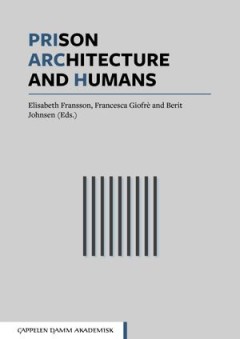
Prison, Architecture and Humans
"What is prison architecture and how can it be studied? How are concepts such as humanism, dignity and solidarity translated into prison architecture? What kind of ideologies and ideas are expressed in various prison buildings from different eras and locations? What is the outside and the inside of a prison, and what is the significance of movement within the prison space? What does a lunch tab…
- Edition
- -
- ISBN/ISSN
- 9788202529673
- Collation
- -
- Series Title
- -
- Call Number
- 720
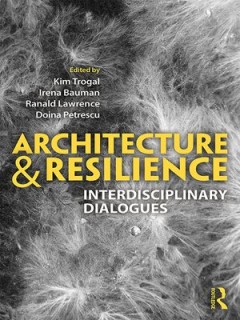
Architecture in the Anthropocene
Research regarding the significance and consequence of anthropogenic transformations of the earth’s land, oceans, biosphere and climate have demonstrated that, from a wide variety of perspectives, it is very likely that humans have initiated a new geological epoch, their own. First labeled the Anthropocene by the chemist Paul Crutzen, the consideration of the merits of the Anthropocene thesis…
- Edition
- -
- ISBN/ISSN
- 9781607853077
- Collation
- -
- Series Title
- -
- Call Number
- 720
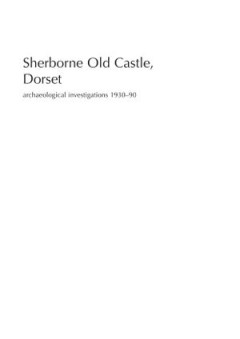
Sherborne Old Castle, Dorset:Archaeological investigations 1930–90
Sherborne Old Castle was built in Dorset in about 1122–35. The fortified palace was one of several major building projects undertaken by Roger, Bishop of Salisbury. Although Sherborne Old Castle was altered over the next four centuries, most of its original structural elements were retained until the buildings were slighted during the English Civil War. This report describes and analyses the …
- Edition
- -
- ISBN/ISSN
- 9780854312993
- Collation
- -
- Series Title
- -
- Call Number
- 720

Glastonbury Abbey: Archaeological investigations 1904–79 2011 St Peter'…
This is a comprehensive study of the archaeological archives and artefact collections of Glastonbury Abbey, together with a new geophysical survey of the site. It analyses thirty-six seasons of archaeological excavation directed by such iconic figures as Sir William St John Hope, Sir Charles Peers, Sir Alfred Clapham and Dr Courtenay Arthur Ralegh Radford, and reveals new insights into the abbe…
- Edition
- -
- ISBN/ISSN
- 9780854313006
- Collation
- -
- Series Title
- -
- Call Number
- 720
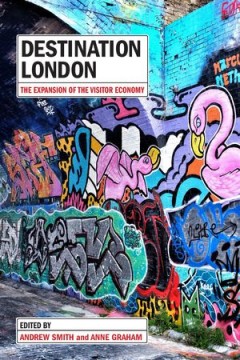
Thumbnail for Destination London 2019 Destination London
London is one of the world’s most popular destinations and visitors contribute approximately £14.9 billion of expenditure to the city every year. Its tourism and events sectors are growing and over the last few years London has received more visitors than ever before. However, detailed accounts of the city’s visitor economy are conspicuously absent. This book analyses how the capital is de…
- Edition
- -
- ISBN/ISSN
- 9781912656271
- Collation
- -
- Series Title
- -
- Call Number
- 720
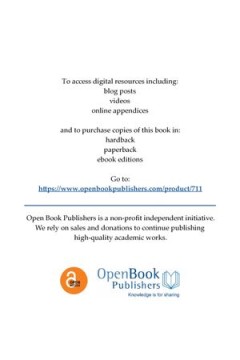
Don Carlos Infante of Spain
"Schiller’s Don Carlos, written ten years before his great Wallenstein trilogy, testifies to the young playwright’s growing power. First performed in 1787, it stands at the culmination of Schiller’s formative development as a dramatist and is the first play written in his characteristic iambic pentameter. Don Carlos plunges the audience into the dangerous political and personal struggles …
- Edition
- -
- ISBN/ISSN
- 9781783744480
- Collation
- -
- Series Title
- -
- Call Number
- 792

St Peter's, Barton-upon-Humber, Lincolnshire: Volume 1 History, Archaeology a…
St Peter's, Barton-upon-Humber, is a redundant medieval church in the care of English Heritage. As a result of a major program of research carried out between 1978 and 2007, it is now the most intensively studied parish church in the UK. Excavations between 1978 and 1984 investigated most of the interior of the building, as well as a swathe of churchyard around its exterior. At the same time, a…
- Edition
- -
- ISBN/ISSN
- 9781842176412
- Collation
- -
- Series Title
- -
- Call Number
- 720
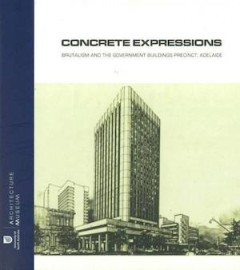
Concrete Expressions:Brutalism and the Government Buildings Precinct, Adelaide
This monograph focusses on a cohesive group of four government buildings constructed in Adelaide during the 1970s. Designed by different architects, the buildings all feature monolithic, austere forms and broadly similar external concrete finishes, and are often described by casual observers as being Brutalist in style. But are any or all of them truly Brutalist?
- Edition
- -
- ISBN/ISSN
- 9780987120045
- Collation
- -
- Series Title
- -
- Call Number
- 720
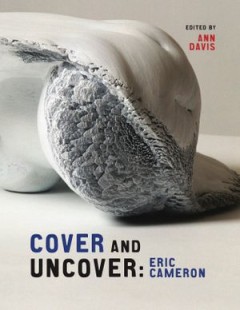
Cover and Uncover : Eric Cameron
Eric Cameron is a major contemporary Canadian artist. Born in 1935 in Leicester, England, he arrived in Canada in the 1970s and has taught at the University of Guelph, the Nova Scotia College of Art and Design, and at the University of Calgary. Over the years Cameron has also continued to work in his primary medium, painting, but moved from traditional figuration to a highly conceptual practice…
- Edition
- -
- ISBN/ISSN
- 978-1-55238-590- 6
- Collation
- -
- Series Title
- -
- Call Number
- 759.11 COV

Cities After Crisis:Reinventing Neighborhood Design from the Ground-Up
Cities After Crisis shows how urbanism and urban design is redefining cities after the global health, economic, and environmental crises of the past decades. The book details how these crises have led to a new urban vision—from avantgarde modern design to an artisan aesthetic that calls for simplicity and the everyday, from the sustainable development paradigm to a resilient vision that defen…
- Edition
- -
- ISBN/ISSN
- 1000440494, 9781000440492
- Collation
- -
- Series Title
- -
- Call Number
- 720
 Computer Science, Information & General Works
Computer Science, Information & General Works  Philosophy & Psychology
Philosophy & Psychology  Religion
Religion  Social Sciences
Social Sciences  Language
Language  Pure Science
Pure Science  Applied Sciences
Applied Sciences  Art & Recreation
Art & Recreation  Literature
Literature  History & Geography
History & Geography